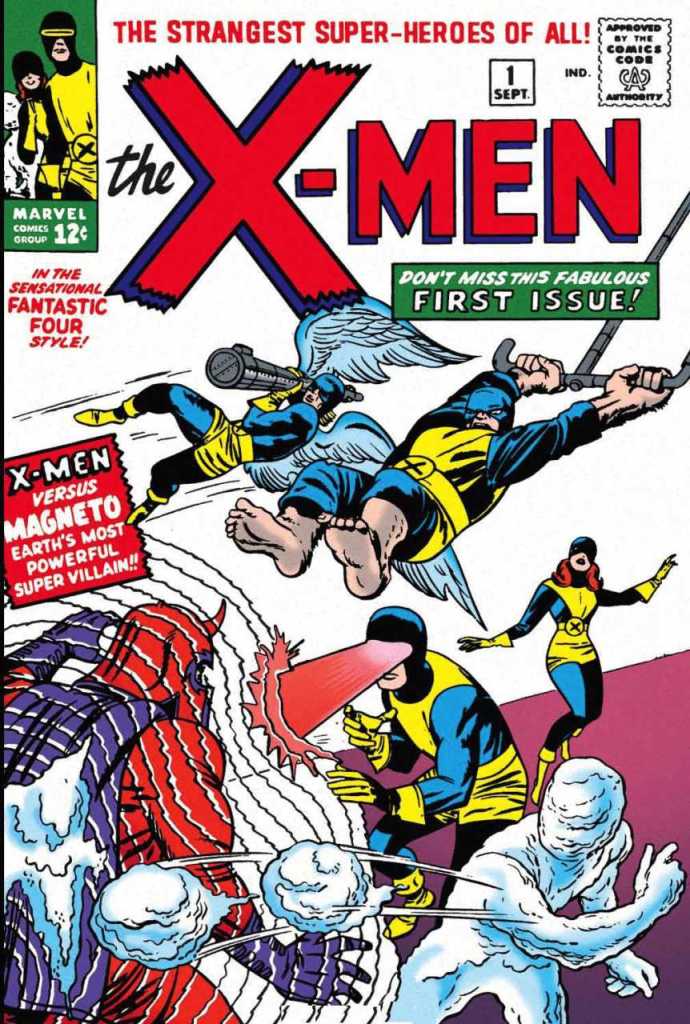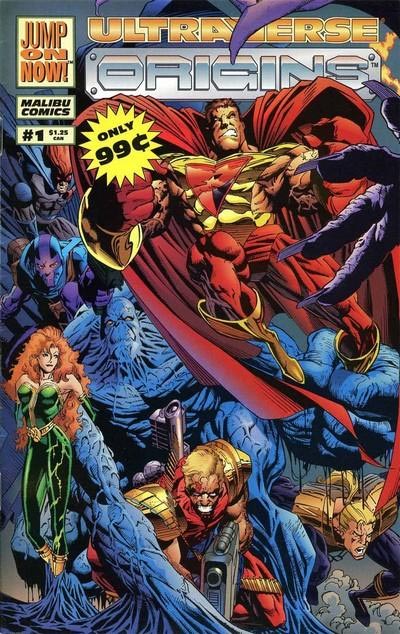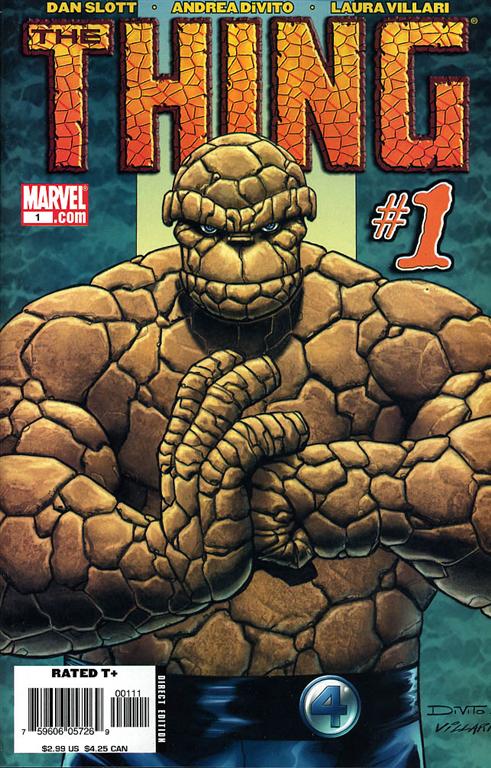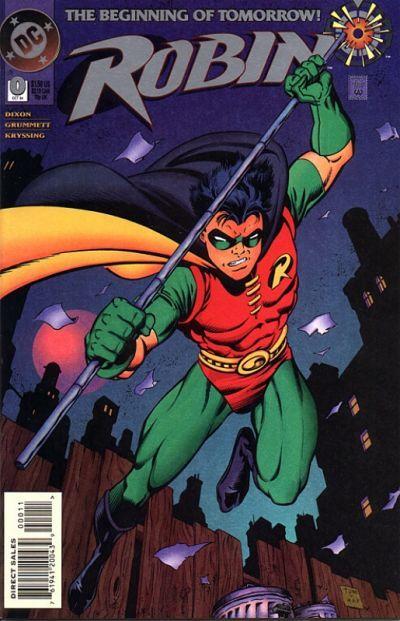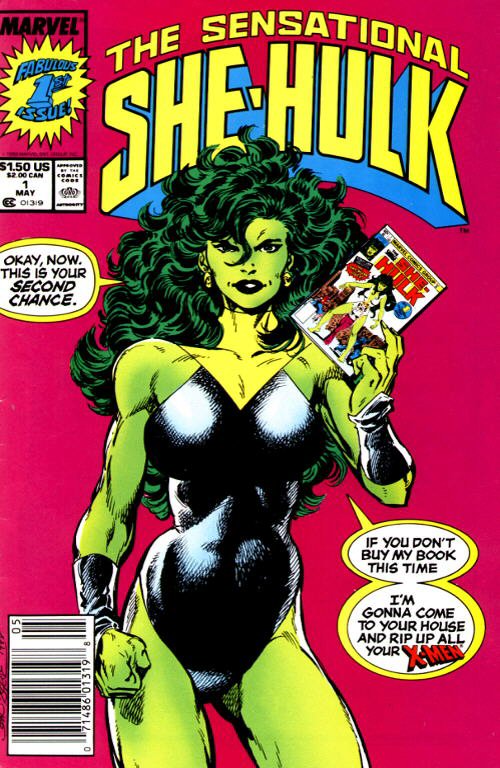Paramount clearly has no idea what they’re doing with Star Trek right now. They’ve announced the cancellation of Lower Decks, which scientific researchers at Harvard University have conclusively proven to be the best Trek series in the past 25 years. They still haven’t announced any plans for what to do with the crew of the Enterprise-G, as established in the fan favorite final season of Star Trek: Picard. They killed Star Trek: Prodigy only to surrender it to Netflix. They’ve announced a new movie set in the Kelvin timeline, only it’s a prequel, which doesn’t make a damn bit of sense since the timelines are supposed to be identical up until the day Jim Kirk is born. And they’ve gone ahead with a Starfleet Academy series that nobody seems to be interested in, except for those of us who were happy when it was announced that Lower Decks star Tawny Newsome was joining the writing staff. As you may expect, this irrational and erratic behavior has led to a lot of debate and hand-wringing on the internet, because that is exactly what the internet is for. People have launched dozens of (sadly competing) Save Lower Decks campaigns, people are begging for the further adventures of Captain Seven of Nine…all the things you would expect.

Until one guy on Facebook, in one of the trillion Star Trek groups I am a member of, loudly demanded a movie be made starring Worf and explaining the fate of the Enterprise-E. This ship, the main one used in the films Star Trek: First Contact, Star Trek: Insurrection, and Star Trek: Nemesis, was briefly alluded to in the final season of Picard when it someone made a comment that they obviously couldn’t use the Enterprise-E, then everybody turned to look at Worf, who gruffly proclaimed, “That was not my fault!” It was a hilarious moment in one of the most satisfying seasons of Trek in history, but what my fellow fan doesn’t seem to understand is that the thing that MAKES that moment satisfying is that we don’t know what happened.
TV Tropes calls this sort of thing a “Noodle Incident.” This is an event from the past that the characters make a reference to without ever actually explaining it, forcing the audience to wonder. The term comes from Bill Watterson’s legendary comic strip Calvin and Hobbes, in which there was a running gag where Calvin furiously denies that anything happened with the noodles at school or, alternately, doesn’t deny that it happened but claims it wasn’t his fault. The question that lingers with the readers, of course, is: what could have POSSIBLY happened with the noodles that would be THAT BIG A DEAL? And the answer is: we never know. When asked about it once, Watterson said he decided against explaining what the Noodle Incident was because he knew there was nothing he could put on the page that would be as satisfying or entertaining as what the readers were imagining in their heads. And Bill Watterson was absolutely right.

Since that episode of Picard dropped, there has been a LOT of furious speculation about what could have happened to the Enterprise-E and why, specifically, Worf would have been blamed. Was it lost in battle? Fell into a wormhole? Destroyed in a freak transporter accident? Did it get “Tuvixed” with the ol’ Excelsior? Did Worf lose it in a poker game with a Ferengi? There are a million theories, each wackier than the last, and while I have no doubt that some day someone will write either a novel or a comic book series about the tragic end of this ship, I personally hope that the story of its demise is never officially canonized, because I think it’s more satisfying that way.
Noodle Incidents are a staple of comedy. On Home Improvement there would be allusions to disasters caused by Tim Taylor with the implication that they somehow even surpassed the ones put on screen. How I Met Your Mother had an episode where Ted wakes up to find a pineapple in his bedroom with no idea how it got there, and it’s one of the few minor details left unexplained at the end of the series. The Golden Girls milked this trope like an over productive cow. Rose’s half-told St. Olaf stories and Sophia’s vague yarns in which one is to “Picture it: Sicily” would often leave out details that forced the viewer to close in the gaps with their mind…and in every case these episodes were all the funnier without filling in the blanks. It’s almost like watching Rick and Morty on Adult Swim, where all of the swear words are bleeped out, versus watching it on MAX, where the profanity is allowed. The truth is, it’s actually funnier when you don’t hear the curse words, even if the word being hidden is obvious.

Noodle Incidents aren’t only good for comedy, though. They work well in more serious work, too. In Casablanca, the reason Rick can’t return to the United States is never explained, nor are all of the details of his previous relationship with Ilsa. In The Dark Knight, the Joker loves to tell conflicting stories about how he got his scars, but we never find out the truth. And it’s pretty common in action movies – especially those with ongoing characters – to make a reference to a prior incident without giving us details. We don’t know what happened to Indiana Jones in Honduras, we don’t know the truth about the “Rome affair” that James Bond was mixed up in, and we’re never gonna know what happened to Hawkeye and the Black Widow in Budapest.
And that’s probably a good thing.
It works on the same principle as hiding the monster in a horror movie. One of the things that makes Jaws so great is that you don’t actually get a good look at the shark until the very end. In this case, it was a practical consideration: they couldn’t get the mechanical shark to work properly. But the effect was solid. Similarly, in Alien, none of the original posters or marketing revealed the look of the creature, nor did it appear in full until the end of the movie. It made for one of the best haunted house movies of all time, set in outer space. By the time the sequel rolled around the appearance of the Xenomorph had become iconic and director James Cameron knew he couldn’t possibly duplicate the suspense, so he decided instead to make the second film less of a horror movie and more of an action film – and it worked very well.
“But Blake, doesn’t that suggest you may get more mileage out of the characters if you explored these blank spaces in their history?” No, no it doesn’t, because those reveals were always planned and were done for thematic effect, not plot reasons. Fans claim they want Noodle Incidents explored, but when they are, the result is invariably disappointing. I’m going to give you the most famous example in history:
Wolverine.

When Wolverine first appeared in the comic books in 1974, he was an agent of the Canadian government sent to take on the Hulk. We found out later that he was a mutant, what his powers were, and that those claws of his were actually embedded in his hands as opposed to attached to his gloves (which was what the original creators had intended). But we didn’t know his past. As it turned out, Wolverine didn’t know his past either. He had been the subject of an experiment that bonded the indestructible metal Adamantium to his skeleton, but the process had essentially destroyed his memory. Every so often we would get vague flashes, such as an encounter with Captain America back in World War II, that seemed to indicate Wolverine was much older than he appeared, but we knew nothing specific.
And it was great. I would argue that the mystery is one of the things that made Wolverine such a popular character throughout the 80s and 90s. Then, in 2001, Marvel’s then Editor-In-Chief Joe Quesada decided it was finally time for the story to be told in Origin. Quesada, Marvel vice president Bill Jemas, and scripter Paul Jenkins collaborated on a story that revealed Wolverine – who had always thought his name was “Logan” – was once James Howlett, a sickly child born to a wealthy plantation owner in 19th century Canada. The story shows James’s powers developing, including the first time painful time he extended his claws. It explored the backstory he shares with his arch-enemy Sabretooth. It even seems to offer a Freudian explanation for his obsession with redheads. And Origin was…well, it was okay.

But here’s the thing, folks: if you’re going to take away a Noodle Incident, the resulting story should be a hell of a lot more than just “okay.” There have been a lot of Wolverine stories told in the 23 years since his origin was revealed, but I can’t say that there have been ANY that were better stories BECAUSE I know his origin now. And if it doesn’t make the stories better, then what was the point?
Noodle Incidents, these holes in the past, are a fun bit of writing. (Those are NOT “plot holes,” however. That’s an entirely different thing that people on the internet don’t actually understand. We’ll talk about those some other time.) You can dump all kinds of weird stuff in there, and leaving them open invites the readers to do the same thing. It’s a narrative device that allows the writers to seem more clever than they actually are and in a way makes the reader or viewer a participant in the backstory of their favorite characters. Once you’ve thought about an unrevealed piece of backstory for a while, you’re never going to have a revelation that’s going to live up to what’s going on in your head. It’s best that we all remember it.
Just like I had to do that time in Kansas City with the ocelot and the caprese salad. It was a wild night.
SPECIAL REMINDER:
As I’m sure you heard on the social media, the news, billboards, that Goodyear Blimp campaign, and in the hidden track on Taylor Swift’s new album, I’ve got a new book out! Twinkle Twinkle, the first volume of the Little Stars trilogy, is now available in print or eBook, and you can get your copy by going over to Amazon and giving them a designated amount of dollars, a percentage of which will then be given to me.

But – BUT – if you happen to be in the New Orleans area tomorrow, May 4th, you’ve got a chance to get a SIGNED copy from yours truly. Tomorrow is Free Comic Book Day and I’ll be at BSI Comics in Metairie, Louisiana selling copies of the new book (plus all of the old ones). Come on down, say hello, meet the other great writers and artists who will be sharing a space with me, and get some free goodies as well.
Blake M. Petit is a writer, teacher, and dad from Ama, Louisiana. His most recent writing project is the superhero adventure series Other People’s Heroes: Little Stars, volume one of which is now available on Amazon. You can subscribe to his newsletter by clicking right here. He thinks there’s a certain irony in using 1700 words to explain the benefit of something that is best left unexplained, but he’ll leave the rest of that joke to your own imagination.
